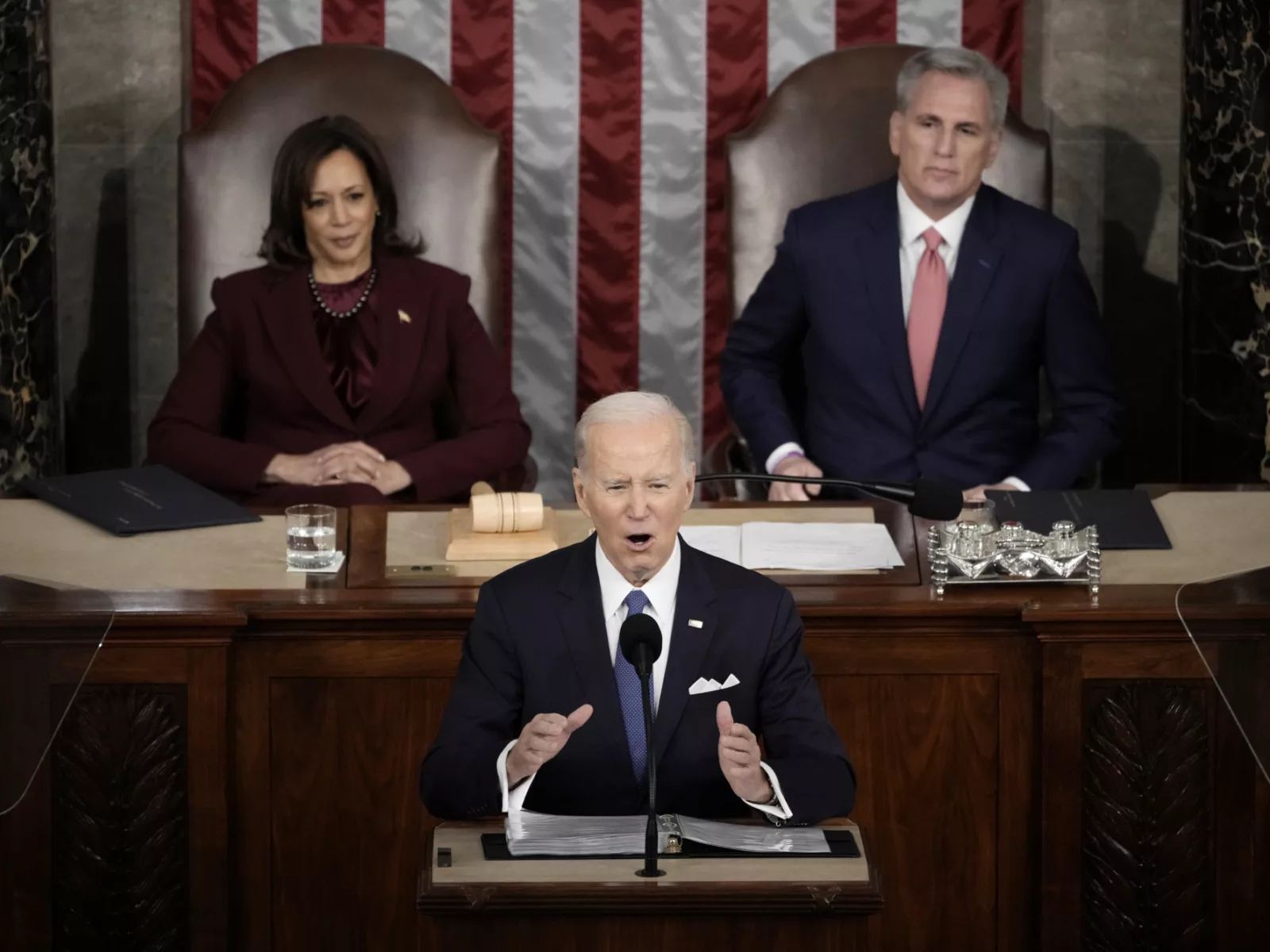This paper provides information to help readers gain an understanding of U.S. government budgeting over the past half century and the fiscal challenges that will confront the country for decades to come. It begins with a high-level overview of the Congressional budget process and a brief review of its history and fiscal outcomes over the past 50 years, with a more in-depth focus on the 21st century. After 50 years of operating under a law — the Congressional Budget and Impoundment Control Act of 1974 — that lays out the statutory procedures for adopting budgets, it is clear the process was significantly more effective during the Act’s first 25 years than in the subsequent quarter-century.
This topic does not typically arouse much excitement outside of the Beltway. But it is necessary to have a cursory understanding of budgeting procedures, the laws governing them, and deficit control efforts (or lack thereof) to appreciate just how unworkable the federal budget process has become — and how its eroding value has contributed to the nation’s fiscal plight and a declining level of trust in government.
After recounting recent U.S. budgeting history, this paper offers a brief overview of the nation’s fiscal outlook as of mid-2024 — and it’s not pretty. Trillion-plus-dollar budget deficits have become common and will continue to be the norm unless significant fiscal policy reforms are adopted.
In 2023 the U.S. incurred a deficit of $1.7 trillion, spending $6.1 trillion but only collecting $4.4 trillion in revenues. Continuing to incur deficits of that size — which the U.S. is slated to do under current laws and policies — will dramatically increase the size of the national debt over the next 30 years, reaching by far the highest level in the nation’s history, both in absolute terms and as a percentage of GDP. Interest due on the national debt will soon exceed $1 trillion annually. We are effectively in the middle of a risky fiscal experiment to see just how much money we can borrow before our lenders either demand much higher interest rates or cease to extend credit to us at all.
The final section of the paper contains 20 reflections on U.S. budgeting over the past 50 years. Much has changed over the half-century since the 1974 law was enacted, such as dramatic shifts in the size and composition of the U.S. population, the rise of non-discretionary spending programs, the incidence and severity of natural disasters and emergencies, and the growing availability of data and evidence. These forces are driving the need for a wide-ranging reconsideration of federal budgeting.
How do we move forward? In 2024, observers of the U.S. fiscal condition from across the political spectrum are calling for the creation of a commission to (once again) study ways to stabilize the debt. While a commission will not replace the political courage needed to address our deteriorating fiscal state, a well-designed commission can make informed recommendations not only on debt stabilization but also on budget process reforms. Clearly, the budget process is not working as intended. A well-functioning democracy requires an effective budget process to ensure leaders make sensible fiscal decisions and the public is engaged and informed. It has become obvious that changes are required if we are to meet that need.

















